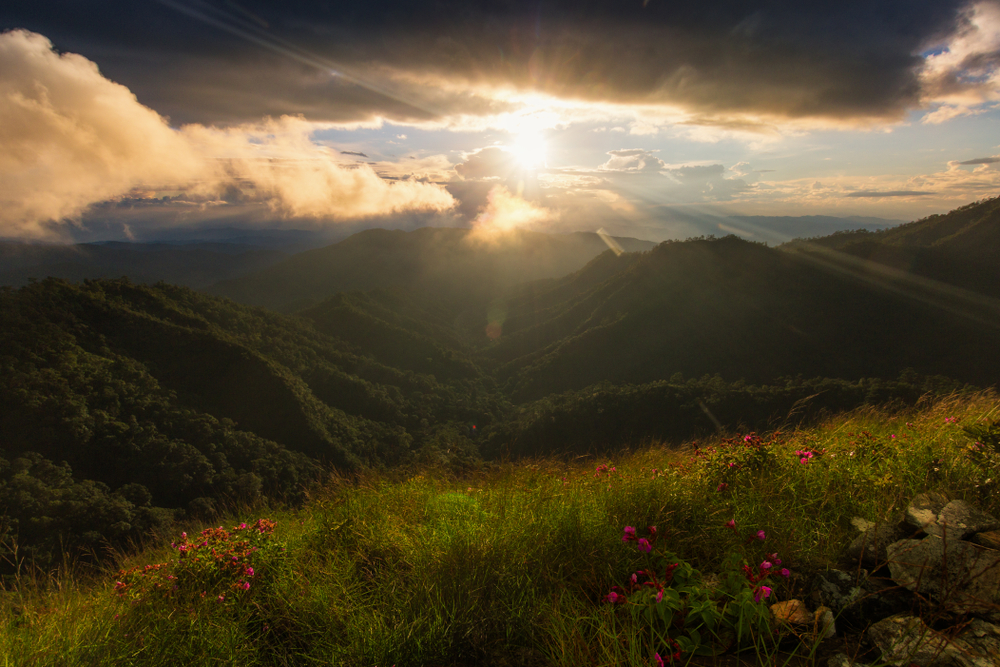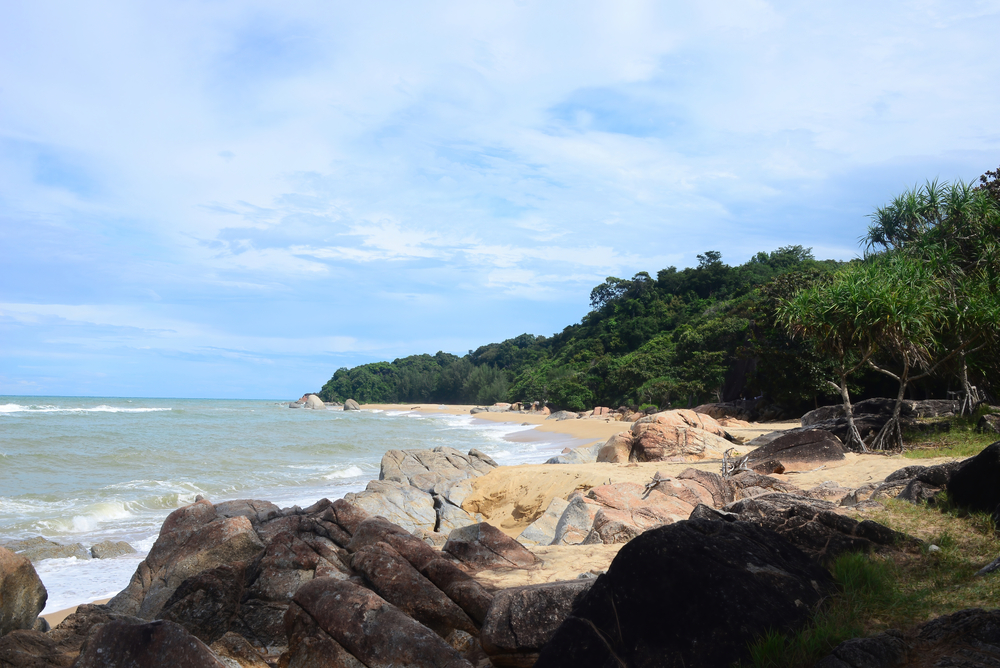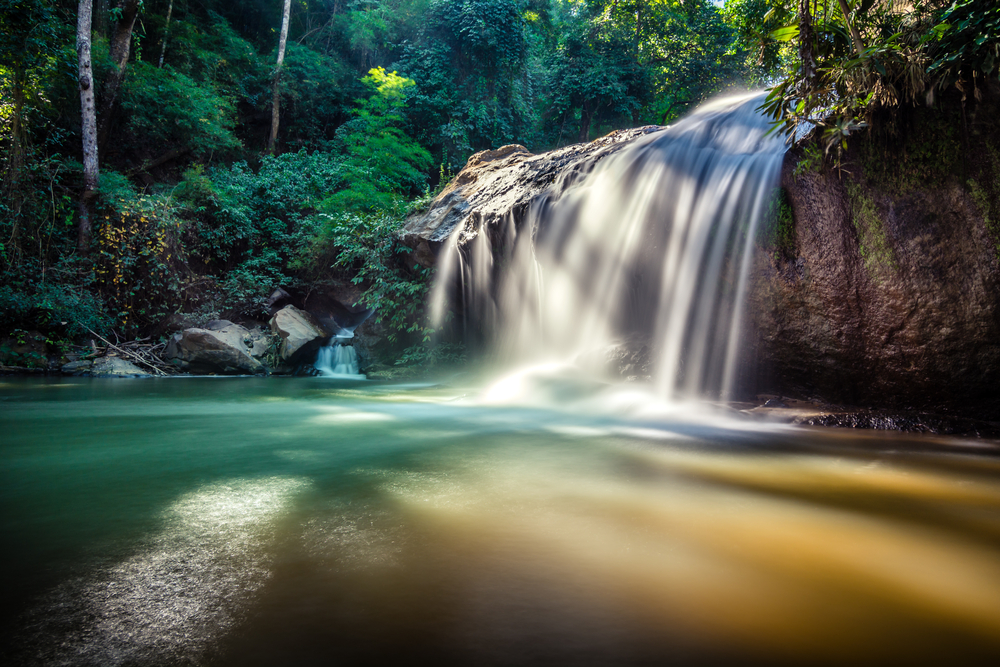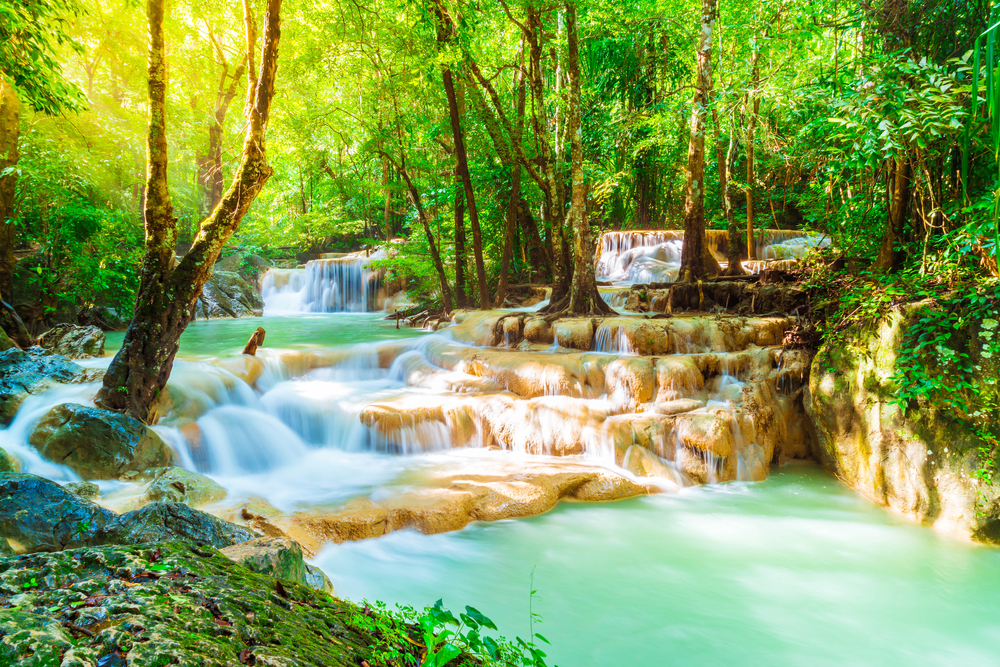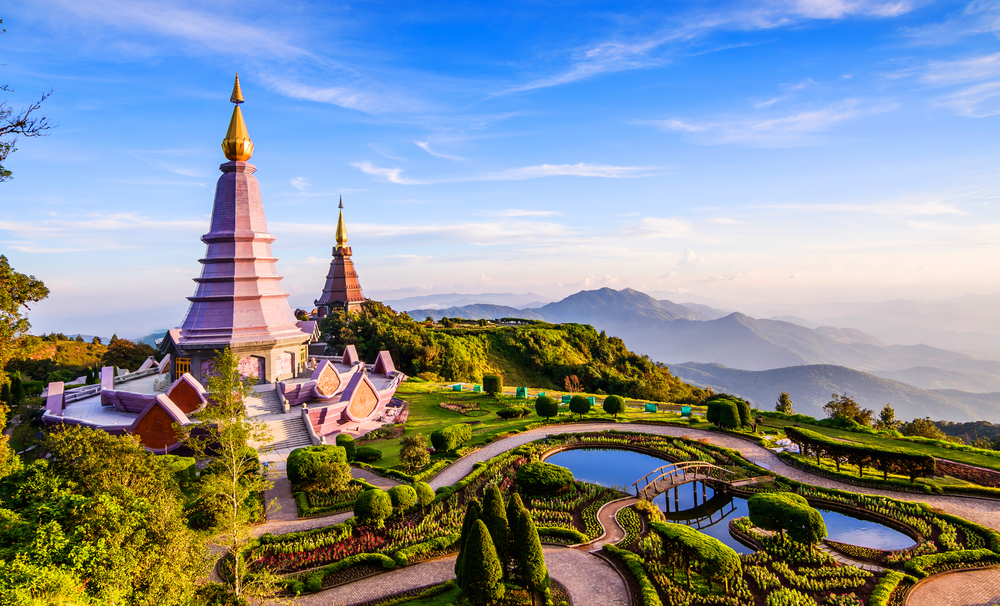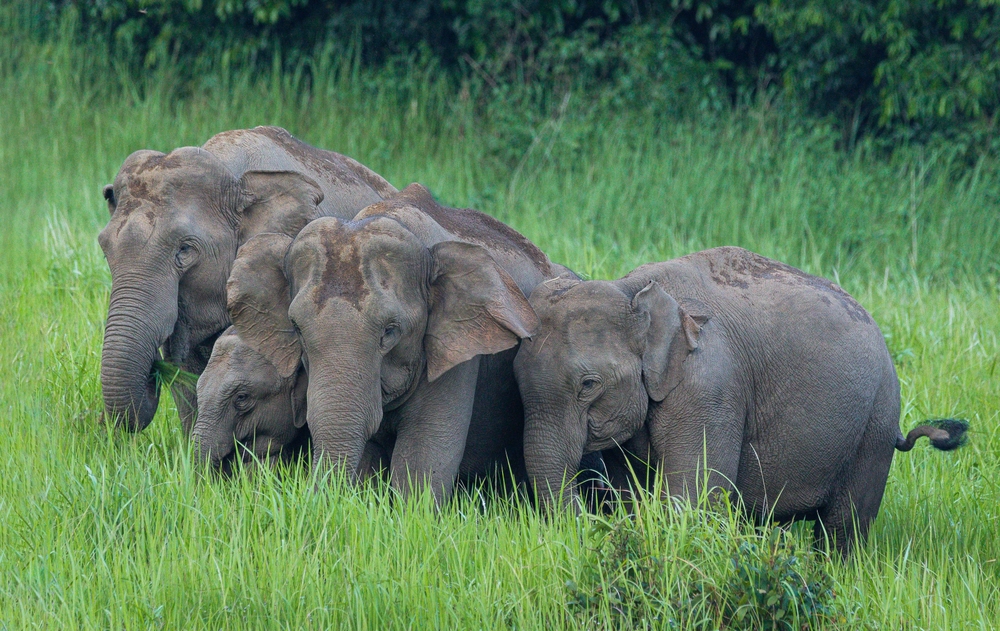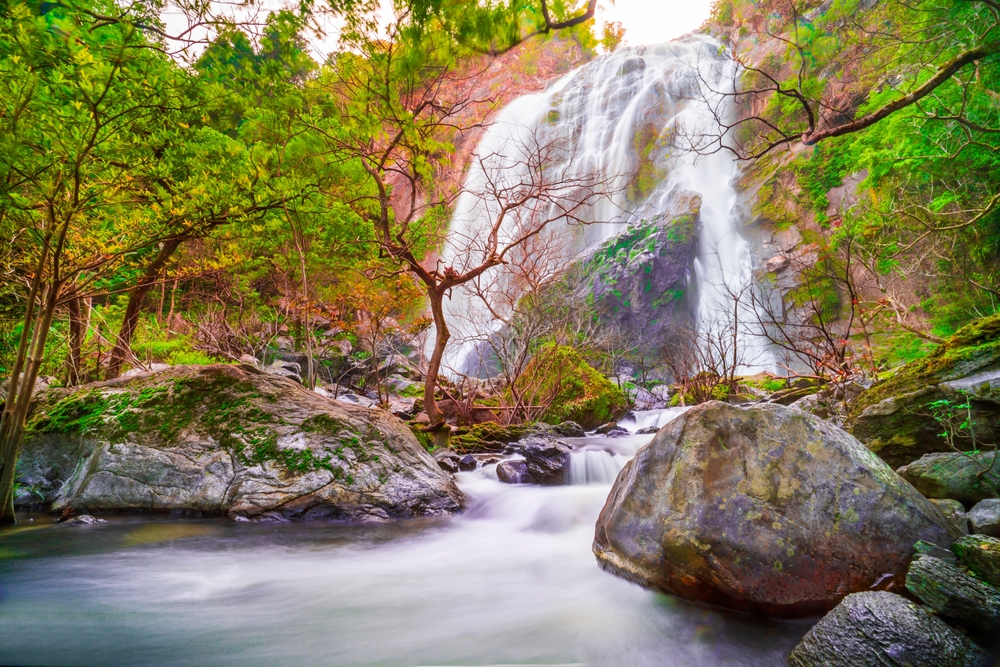Khun Chae Overview
Khun Chae National Park, known locally as “อุทยานแห่งชาติขุนแจ,” is a serene and ecologically rich area located in the northern region of Thailand, within Chiang Rai Province. Spanning an area of approximately 171.4 square miles (444 square kilometers), this park is part of the Thoeng District, a region characterized by its lush forests and dramatic mountainous landscapes. Established in 1995, the park is an integral part of Thailand’s efforts to preserve its natural heritage and biodiversity.
The terrain of Khun Chae National Park is predominantly mountainous, with elevations ranging from gentle hills to steep peaks. One of its most striking features is Doi Mot, the highest mountain in the park, rising to an impressive height of 1,728 meters (5,669 feet) above sea level. The park is home to verdant valleys, dense forests, and meandering streams that contribute to its enchanting beauty.
Visitors can marvel at the evergreen forests and mixed deciduous woodlands that make up the bulk of the park’s vegetation. These forests are punctuated by bamboo groves and patches of wildflowers, especially during the blooming season. Waterfalls like Khun Chae Waterfall and Mae Tho Waterfall further enhance the park’s natural allure, providing tranquil spots for visitors to relax and enjoy the sights and sounds of cascading water.
Khun Chae National Park is a haven for wildlife enthusiasts. The diverse ecosystems within the park support a variety of animal species. Mammals such as barking deer, wild boar, and civets are commonly spotted. The park is also home to an array of bird species, making it a paradise for birdwatchers. Visitors may encounter colorful species like the red junglefowl, great barbet, and blue-throated bee-eater. Reptiles and amphibians also thrive in the park’s streams and forest floors, contributing to its vibrant biodiversity.
Among the park’s most popular features are its trekking routes, which lead visitors through dense forests to stunning viewpoints. The trails range from moderate to challenging, making Khun Chae a favorite destination for adventure seekers. The ascent to the summit of Doi Mot is particularly rewarding, offering panoramic views of the surrounding mountains and valleys.
Camping is another popular activity, with designated sites providing opportunities for visitors to immerse themselves in the tranquility of the natural surroundings. Additionally, the park’s waterfalls and streams are excellent spots for picnics and photography.
Conservation remains a priority for Khun Chae National Park. Efforts to manage and protect the park’s resources include reforestation projects, wildlife monitoring, and community engagement programs. Challenges such as illegal logging and poaching have been met with stringent measures and increased awareness campaigns, leading to significant improvements in the park’s ecological health. The collaboration between local communities and park authorities has been a cornerstone of its conservation success, ensuring the sustainable use of its resources while preserving its natural beauty for future generations.








































































